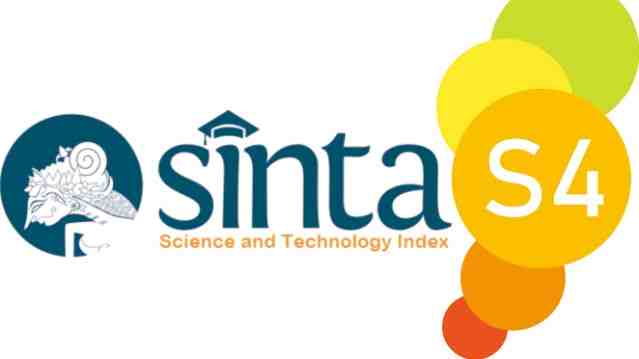PENGARUH JENIS KEDELAI, WAKTU DAN SUHU PEMERAMAN TERHADAP KANDUNGAN PROTEIN TEMPE KEDELAI
https://doi.org/10.25273/florea.v2i2.415
Keywords:
soybean, temperature, proteinAbstract
Tempe is a traditional Indonesian food made by fermentation or fermentation using Rhizopus sp. Tempe is made from soybeans with high protein content. Tempeh-making process is influenced by several factors: temperature, humidity and curing time study aims to analyze the influence of soybeans, time, and temperature curing of the protein content of soybean tempe, as a biochemistry lab manual. The research method uses an experimental approach with three replications. Test material using a black and yellow soybeans type of treatment in this study is a type of soybean yellow and black, with a curing time of 18 hours and 36 hours, at a temperature of 100o C and 310o C. The protein content was tested using formol. The results showed black soybean with a temperature of 100o C within 36 hours the highest protein content of 0.72%. Low protein content of the black soybean with a curing temperature of 310o C curing time of 36 hours.Downloads
Download data is not yet available.
Downloads
Published
2015-11-01
Issue
Section
Articles
License
Every accepted manuscript should be accompanied by "Copyright Transfer Agreement" prior to the article publication.
Florea : Jurnal Biologi dan Pembelajarannya by http://e-journal.unipma.ac.id/index.php/JF is licensed under a Creative Commons Attribution-ShareAlike 4.0 International License.
Author who publish with this journal agree to the following terms:
- Author not hold and retain copyright and grant the journal of first publication with the work simultaneously licenced under Creative Commons Atribution Licence that allows others to share the work with an acknowledgment of the work's authorship and initial publication in this journal.
- Authors are able to enter into separate, additional contractual arrangements for the non-exclusive distribution of the journal's published version of the work with an acknowledgment of its initial publication in this journal.
- Authors are permitted and encouraged to post their work online prior to and during the submission process, as it can lead to productive exchanges, as well as earlier and greater citation of published work.
Â










